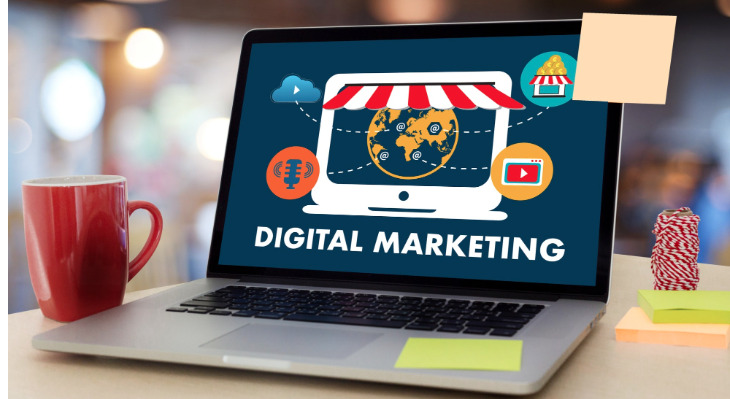Digital marketing techniques provides you with a wide coverage and helps your business grow faster.Searching this information clearly shows that you are looking for the best digital marketing techniques to apply in your business.
You may be having an e-commerce business,Podcast, Crm tool that you might need to market using Marketing Project Management tools.This is easy for you if you identify the best digital marketing strategy to use.In this page,we have explained these platforms in detail.
1.SEARCH ENGINE MARKETING
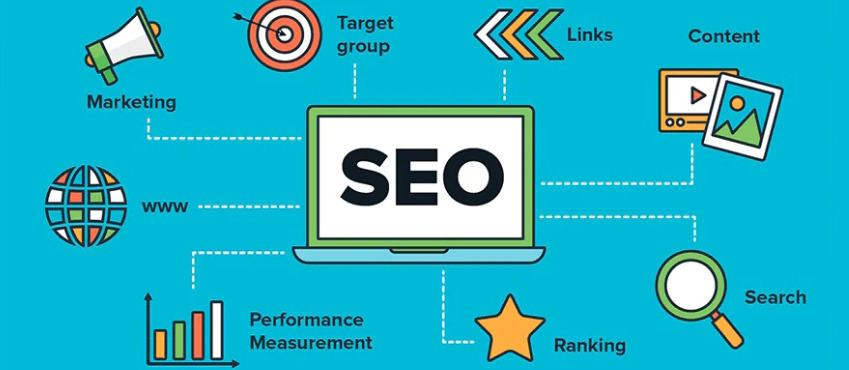
This is a form of internet marketing that involves the promotion of websites by increasing their visibility in search engine results. It’s also called PPC, and since it’s primarily done through paid purchasing, advertisers only pay for impressions that result from visitors asking queries.
Since these queries are with the intent of finding information of commercial value, it’s deemed productive by marketers, because to begin with, PPC is non-intrusive, and therefore the probability of purchase is higher than in other channels such as social media platforms because it was their initiative to begin the search.
This digital marketing strategy is important because, an increase in the number of consumers researching and shopping for goods online,it increases the company’s reach. Its non-intrusive nature makes it reach consumers at exactly the right time; when they open the new information.
It’s arguably the fastest way to drive traffic to a website because its results are immediate. Search Engines use complicated algorithms that can also be identified by the SEO tool to ensure the more relevant results are returned for each search.
In paid search advertising, sponsored ads at the top of such engines’ results pages gain more visibility and prominence than organic results. Texts old ads are easy to produce.
Examples of SEM that professionals targets are Google ads and Bing Ads.
2. INDUSTRY EVENTS MARKETING

This is a strategy that marketers use to promote their brand, product or service with an in-person or real-time engagement in an event.
It is the application of project management to the creation and development of small or larger-scale personal or corporate events such as festivals, conferences, ceremonies, weddings, formal parties, concerts, or conventions.
The events can be offline or online and companies can participate in different capacities; they can be hosts, mere participants, or sponsors of the event. Marketers use both inbound and outbound event marketing strategies for promotional purposes.
Event marketing combined with digital campaigns creates a more meaningful and longer-lasting relationship with buyers because of the impression created during the event.
It offers a unique chance to interact with customers on a more personal level and direct interaction has been known to be productive.
Apart from building brand awareness, generating leads, and educating prospects and customers, the other major reason for participating in or hosting an event by a marketer is to build a strong brand name and identity.
It’s therefore advisable that when selecting an event to participate in or host, you put in mind who your customers are and their likelihood to attend that particular event.
If the choice is right, you ensure that you create a memorable experience with that target audience in attendance. That lasting impression helps in later purchases
3. CONVERSATIONAL MARKETING
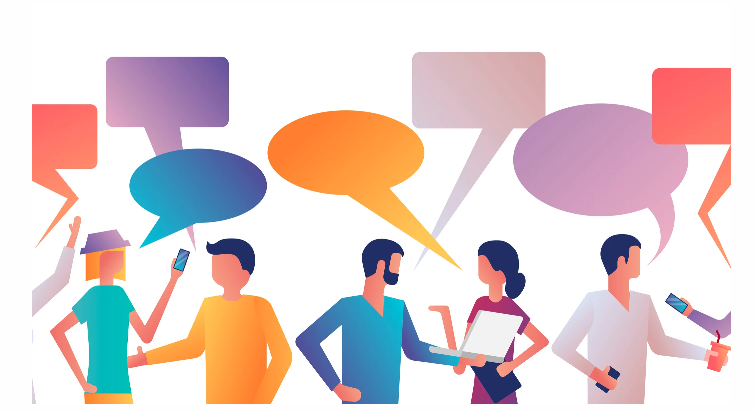
This marketing strategy involves engaging with website visitors and converting leads via dialogue-driven activities.
This is an inbound marketing technique and its focus is on interactions with the customers as opposed to one-way transmission by the brand, which does not involve any interaction between the two parties that make the purchase complete.
This dialogue-driven approach to marketing uses real-time conversations to engage site visitors and quickly move them through the buying journey.
It creates and builds an authentic relationship with customers because of the natural language conversations with the customers and hence boasts of true customer engagement.
This increases the visibility of their marketing effort.
Characteristics of conversational marketing:
-real-time
-One-on-one basis which benefits your company by fostering unique interaction hence creating a sense of value and personality between the two parties
-Creates customer loyalty through the high-quality customer service that is bound to be experienced during the conversation.
-Creating a sense of priority whereby the customer feels prioritized by being engaged in the conversation.
Therefore the products and services that the company provides are promoted by national conversation.
4. CO-BRANDING,AFFINITY, AND CAUSE MARKETING

These strategies work together to help connect with the audience and help in marketing the brand.
Co-branding is a way to attract your audience to you and your brand simultaneously. It’s a collaboration between an individual and a business with a brand and a cause.
It leverages the synergy between the two brands to market them and increase awareness about both of them. The ultimate goal is to increase both brand awareness and solidify a loyal customer base.
Affinity marketing, on the other hand, is a strategy that aims to identify individuals and groups who share a common passionate interest.
This type of marketing is normally found in loyalty programs, ticketing programs, or any other opportunities that create brand affinity.
In this case, the marketer tries to associate themselves with a group, for example, a hockey team that the target audience associates with, and therefore use such games to market their brand because of the common interests.
Cause marketing, on its own, is about raising funds for a cause. The cause may be social, scientific research, environmental conservation, LGBTQ rights, dealing with child hunger, or violence against minorities.
By supporting an organization that focuses on helping people, you build your brand around the cause.
Although many of such causes are built around non-profits, for-profits have come up and they too thrive because the proceeds are meant to support the cause.
This strategy works because it allows you to connect deeper and at an emotional level while building brand recognition With the customers.
5. SEARCH ENGINE OPTIMIZATION
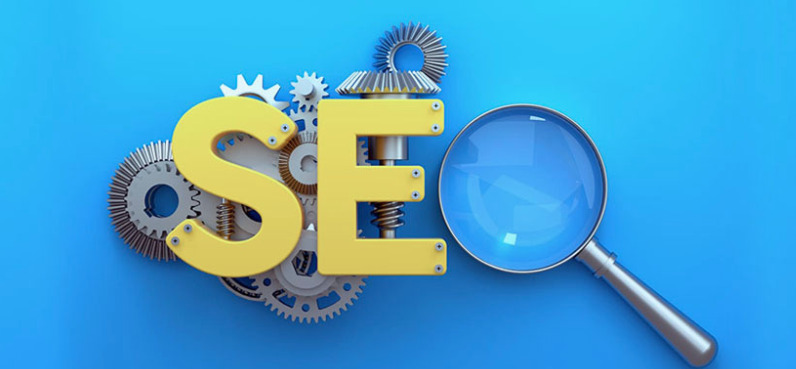
Search Engine Optimization is a marketing strategy that aims to increase a business’s organic search results during organic traffic to the site. It’s the art and science of getting pages to rank higher in search in search engines such as Google and Bing.
Driving organic search traffic to the site enables data marketers to distinguish between traffic that comes to a website from other channels, for instance, paid search, social media, referral and direct, and organic search traffic.
This transforms into improving the quality and quantity of website traffic or webpage from search engines. It targets unpaid traffic rather than direct or paid traffic.
In search engines such as Google, the results page often features paid ads at the top of the page, followed by regular results or organic search results. It’s worth noting that traffic via SEO is referred to as ‘organic search’ to differentiate it from paid PPC marketing strategy.
The SEO marketing strategy is important in online marketing because ‘search’ is one of the primary ways users navigate the web.
To be effecting as a marketing strategy,a marketer should focus on the three core metrics that are used to determine and evaluate the quality of a site and how it should work.These include links,content and page structure.
6.SOCIAL NETWORKS AND VIRAL MARKETING
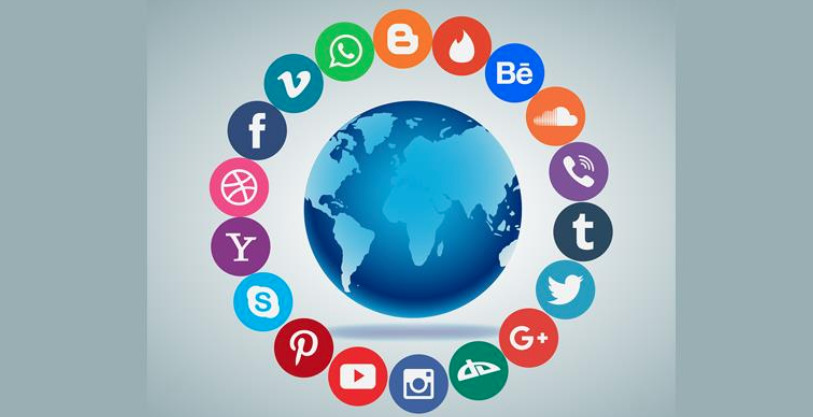
Social networks or Social media and Viral Marketing go hand in hand as a marketing strategy.When employing Viral marketing as a strategy,social networks have to be involved.
Viral marketing or viral advertising is a business strategy that uses existing social networks to promote their products.In this case,consumers are tasked,of their own volition,to spread information on social media platforms by sharing.
It produces increased brand awareness through self replicating processes similar to the spread of a virus.It basically involved integrating your marketing across multiple channels and reaching a broader audience.Viral marketing
often focuses on the most visible type of content that’s spread,shared or retweeted on Twitter and is often examined by the number of connections in the social media platforms.
There are two types of dispersions involved in Viral marketing.There is ‘visible’ which operates on the principle of making it aware right from the outset that it’s promoting a product.The second one is ‘concealed’,where participation that reveals marketing is realized later.
This works strategically with social networks to bring about a low cost marketing strategy that’s non-invasive and has the tendency to spread fast.
7.STORYTELLING

Storytelling is a digital marketing strategy whereby the marketer uses a narrative to communicate a message.The aim is to make the viewer feel something emotional enough to inspire them to take a positive action.
It helps consumers to understand why they should care about something,based on the storytelling.It also helps the viewers to humanize your brand as they listen to the narrative.
Storytelling is not limited to films.It can also be told in the form of pictures,either verbally or in written form.It can be told across multiple channels as well;from social media to billboards.
Storytelling helps marketers achieve ‘cut-through’ in the marketplace that is by design distracting.It creates advertising that resonates with people and that which can stick.
The power of a simple story holds and only depends on having compelling characters,an intriguing plot and plenty of ’emotions’ that can keep your audience captivated.
Storytelling marketing,away from bringing out the creativity in marketers,enables brands to communicate key messages in a way that needs no special expertise.
Naturally,an authentic story is easy to understand regardless of the age of the listener and it can therefore be used as an effective marketing strategy where possible.
8.REFERRAL PROGRAM
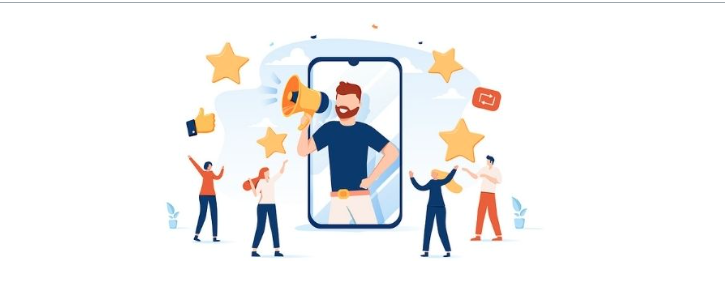
Referral program is a word-of-mouth marketing tactic that encourages consumers to advocate on behalf of your brand.
Rather than writing reviews online or submitting customer feedback surveys,this kind of marketing let the customers share their own brand experience with partners,colleagues and friends.
The purpose of the strategy is to create more leads to your business.By asking your customers to think of people who would benefit from your product or service and bring them on board,they definitely refer to leads that are a good fit for your brand.
This makes it easier for your marketing and sales team to nurture them because they already have a positive attitude towards the brand courtesy of the customer who referred them.
This is so because the customer must have had a good experience for them to go ahead and take the initiative to refer them to the product or service.
The whole strategy works on the business mantra of ,if your experience with us is good,tell others’ and it pays dividends because what you are doing is effectively telling your customers to stand in place of your marketing and sales department by spreading the positive aspects of your product.
Customer referrals are highly valuable because they don’t cost much.The ideas include Contests,Giveaways,Loyalty tiers,Social Gifting,Referral discounts,Charity connections,Mystery gifts among others.
9.DIRECT SELLING
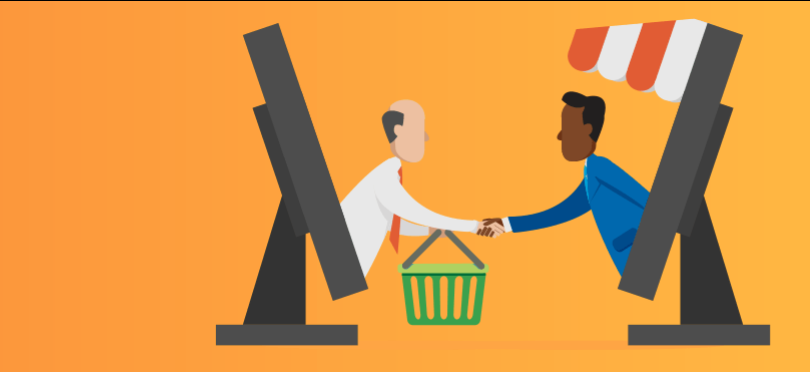
This is marketing that involves selling of products in a non retail setting.This may be at home,online or other archives that are not a store.
This type of marketing eliminates middlemen who are normally involved in distribution.
Instead,in direct selling,products are sent directly from the manufacturer to the sales company,then to the representative or distributor and finally to the consumer.
Products sold via direct selling are not typically in traditional retail locations.It therefore means that you can only get them through the distributor or representative.
Although it’s mainly associated with Party plan’,Multi level marketing and single plan also get involved in this kind of marketing.
For direct selling to work efficiently,the marketer needs to focus on the following basic issues;
-Focus on building relationships first,not making sales.
-Be passionate and knowledgeable about your products so as to be a good influencer.
-Build and maintain your networks and organize your sales departments so that there is communication amongst all the different departments.
-Improve your sales skills.
With the advantages that direct selling comes with,such as working from home and no set hours by which to work,you can build your image with the limited team at your disposal,which is also a plus because it cuts down on costs.
10.ACCOUNT BASED MARKETING {ABM}

This strategy aims at concentrating resources on a set of target accounts within a market.It uses personalized campaigns designed to engage each account basing the marketing message on the specific attributes and needs of the account.
It’s also known as Key Account Marketing.It’s based on account awareness in which an organization considers and communicates with individual prospects or customer accounts.Here market and sales collaborate to create personalized buying experience for a mutually identified set of a high value account.
How to create an ABM strategy:
-Create alignment between your sales and marketing teams.This improves synergy between sales and marketing and creates a good customer buying experience.
-Conduct research to determine the accounts to target so that you target the correct account personas.
-Create accounts plans that will enable you to reach target accounts and what’s needed to engage with the audience.
-Attract contacts associated with target accounts.This can be facilitated by using inbound methodology in places like events and industry publications such as blogs.
-Get the buying committee involved.For the whole strategy to work,all the necessary people must be involved by the sales and marketing department.
Overall,this marketing strategy is recommended because it does many activities which include keeping sales and marketing aligned,maximizing your business relevance among high value accounts,measuring your return on investments,streamlining the sales cycle,delivering consistent customer experiences and expanding business through account relationships.
11.INBOUND MARKETING
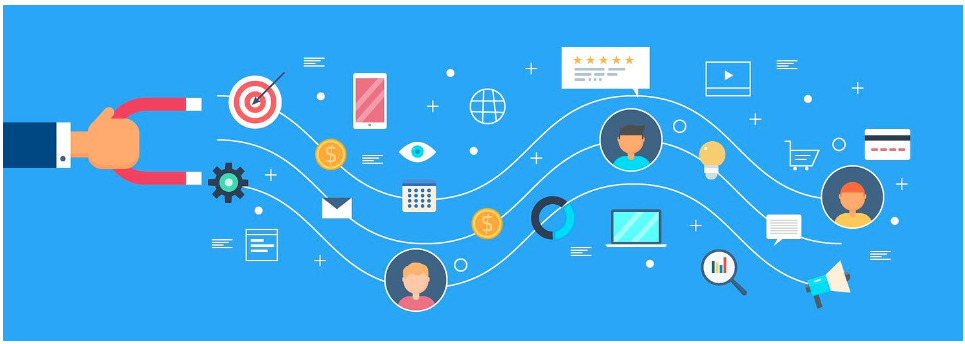
Inbound marketing is a Digital marketing methodology that’s designed to draw visitors and potential customers in,rather than outwardly pushing a brand.
Inbound marketing works on attracting the attention of prospects and new customers via strategic content creation and experiences that are tailored to their unique needs and buying journey.It revolves around following collections, answering questions and solving problems.
Inbound marketing focuses on creating quality content that pulls into your business and brand.
Since prospective customers are already searching for answers online by researching your industry,checking out your competitors and trying to decide if they really need your product,the goal is to have that content speak for itself in all of the scenarios and stages of the buying process.
This proves to be effective because it helps to capture these interested prospects exactly where they are[online].
By aligning the content you publish with your customers’ interests,you naturally attract inbound traffic that you can convert,close and delight over time.
12.POINT OF PURCHASE{POP}
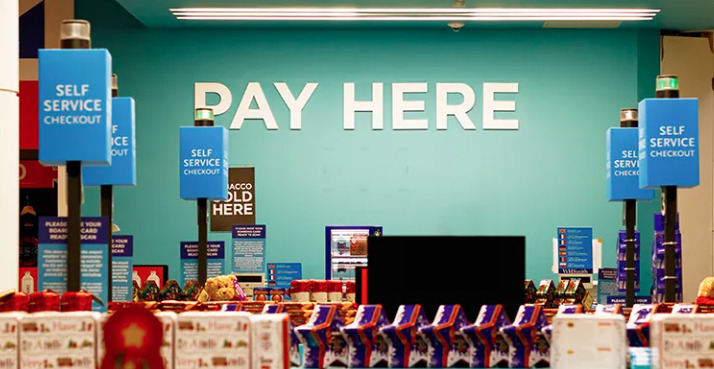
Under Point Of Purchase marketing,marketers utilize retail marketing strategy whereby products are optimized in terms of location inside the store and increase sales.
It functions by targeting a specific audience based on demographics,influence buying behavior by use of creative display of products and promote brand’s following through various offerings and educating the customers on the qualities of the products.
The whole marketing strategy is built around impulse buying because of its unique feature of ‘strategic placement’ of products.
It induces customers to buy products on impulse when they are already in the store because brands use POP marketing techniques to make their products stand out from the rest and catch the customers’ eye.
It gives the brands access to a customer’s mind while they are inside the store looking to fulfill the shopping needs.
The location of in-store brand and customer interaction is utilized to ensure a potential customer makes a purchasing decision.This happens through:
-In-store interaction;this involves every interaction in the store between the customer and the offering or brand.
-Potential customer;this refers to the customer before decision making.
-Purchasing decision;this is the position where the brand persuades or induces the customer to buy.This is the last marketing and promotional channel a brand uses before the customer makes the final purchase decision.
The whole strategy aims to attract customers and influence their buying decisions while enhancing brand image by engaging customers while in the store.The objectives include enhancing customers’ shopping experience,increasing brand awareness and basically increasing sales.
13.CONTENT MARKETING
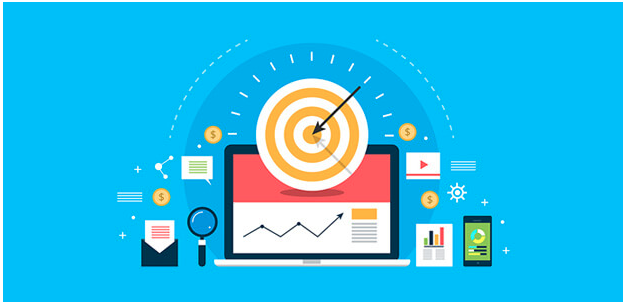
Content marketing is a process of creating and distributing digital assets such as blogs posts,videos,ebook,technical solutions,briefs and other digital content to avail information to your audience.
It’s essential to Search engine optimization success.For it to rank at the top of online search engine results,your content must be high quality with in-depth that’s related to your industry or business.
The business content can be articles,blogs,podcasts,case studies among others.How you organize your digital documents using a content management system is what supports content marketing.
It works because it offers people informative and useful material that they need as they conduct research and travel through the buyers’ funnel.Using the content,content marketers attract potential customers,keep them engaged and move them along their path to purchase.
It’s a lead generation tool but it also increases brand awareness,sales,reach,customer interactions and engagements as well as loyalty.It helps educate customers and potential customers about the products you offer.
Content marketing is focused on driving and converting leads using the material designed under the umbrella of the content strategy:-the glue that connects all of your content efforts with organizational goals and customer needs,editorial strategy,content structure and content governance.
14.SOCIAL MEDIA MARKETING

Social media Digital marketing,as the name suggests,is marketing through social media platforms.It helps in increasing brand awareness.The online presence helps you build your brand identity and show up as a relevant interest for your audiences.
This happens while creating awareness and familiarity.It also helps you interact with your audience in the event they have concerns,questions or thoughts that they would like to share with you.
You can build a targeted following,drive website traffic and ultimately increase your sales through platforms such as Facebook,Instagram,Twitter,LinkdInn and Pinterest.We have organic and paid social media marketing techniques.
Social media marketing also helps you build your voice and show your audience how unique you are by personally engaging them and showing them how you can improve their lives.It provides an essential means of providing your customers or potential customers with great customer service.
When you leverage social media marketing effectively,you maximize your reach and get qualified website traffic and conversations.Conversations can either be a completed sale,a completed lead or any other valuable action on your site.
Social media marketing helps you to put strategic social media content and|or ads in front of your targeted audience when they are already on the platforms doing their own things.This gives you valuable,extensive and targeted exposure.
15.EMAIL MARKETING
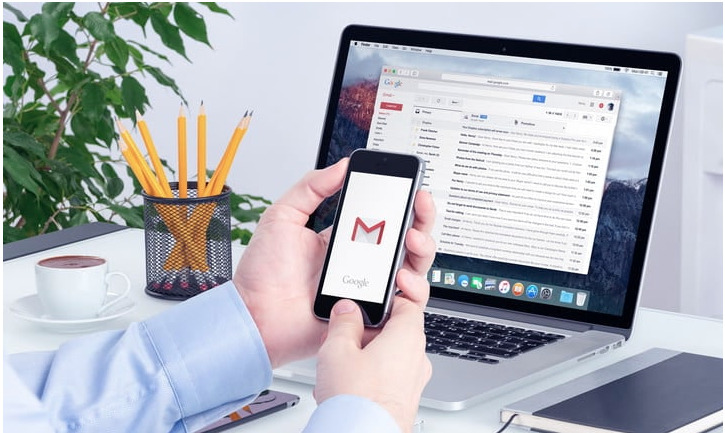
Email marketing is a Digital marketing that enables you to connect one-on- one with leads interested in your products or services.The most popular types of marketing emails are newsletters, mass email marketing, customer service, follow up,loyalty|rewards, recommendations and promotions.
The advantage of email is that you can hit users with reminders and deals when they are most likely ready to convert.
You can use email personalization to send emails to your audience when you publish new content that they may like,when they look at your products or services{you send them promotions on such products},when they abandon a cart of products you remind them,on their special personal occasions or just send emails to give discounts and coupons to interact more with them.
When you personalize an email,it’s important to include the subscriber’s name to make the feeling connected that sounds closer.Email marketing is all about sending messages,tracking responses and keeping up with the unsubscribers.
To make email marketing effective,you need:-
*Have a review process-this ensures high quality communication and making sure that the proper shareholders are involved along the way.
*To communicate with all teams to ensure that all your departments are up to date with what’s on email for prospective customers.
*Consistency-it basically keeps you updated on the trends.
*To use reporting tools-use of relevant reporting tools helps track the success of your email marketing strategies.
16.INTERNET MARKETING.

Internet marketing is also known as online marketing,digital marketing or website marketing.It involves promoting a brand or service onto the audiences using the internet and digital media.
You can use a combination of online strategies to help build a better relationship with your audience and attract more interested leads.
This is done through content marketing marketing,search engine optimization,pay per click advertising,social media advertising,web designs among others.
Internet marketing is important because it helps expand a business reach and allows the marketer to connect with more leads interested in the business.It also best aligns with the way the consumers prefer to discover and purchase products and services.
You can use internet marketing to build brand awareness,generate website traffic,attract qualified leads,nurture leads{which drives sales} and improve customer satisfaction.
The best way to build your internet marketing is to identify your internet marketing goals,define your audience,identify the strategies you want to use for your internet marketing campaign and lastly monitor how your strategies work using tools such as Google analytics.
This keeps track of data from your internet marketing strategy in real life.These metrics help you know how your strategy is working and hoe you can optimize your internet marketing strategy.
17.EARNED MEDIA.

This is Digital marketing media exposure earned through word of mouth by all the possible means like content distribution,the influence of your SEO efforts or the customer experience you have delivered.
It’s basically the type of recognition your brand receives through means such as press mentions,positive reviews,reposts and recommendations,You can also help journalists and writers author their articles or contributing your own content to industry publications.
So platforms such as Twitter assist in the sense that they mention your business quotes in their articles.So you may earn mentions in external sites or at times earn an opportunity to contribute to them.
So this type of marketing is basically about what third parties like media outlets,influencers and your fans say about your brand,not because they are paid but because they are inspired by it or are interested in it.
There are a lot marketing tactics you can use to boost your brand and make the best of whatever earned media you can attract.Fresh content from third parties in the form of articles,tweets,reviews among others can boost your freshness in the market and make your brand go higher in search rankings.
This works on the principle of connected customers helping to boost your brand because it does not come from your idea.It’s seen in the form of ‘viral’ content where the audiences are fans of the brand.
These people create ‘user generated content{UGC} and promote your business by word of mouth.It can be through recommendations,discussions on sites,likes or comments,online reviews and content sharing.It forms a recognizable,honest and reliable brand image because of a well planned marketing strategy fueled by good brand awareness of your customers.
Earned media should work in collaboration with paid and owned media to help the business to grow to the optimal level.
18.PAID MEDIA ADVERTISING.

This is a Digital marketing strategy whereby an organization can promote their content through sponsored social media posts,display ads,paid search results,video ads,popups among other outlets.
Paid media refers to external marketing efforts that involve a paid placement such as Pay Per Click advertising,branded content and display ads.It’s an essential component of revenue growth and brand awareness for online businesses.
The cost of paid media greatly depends on the channel type,duration of the ad and the setup{if you ask someone to help you}.Content creation,website configuration design and production can also add on the cost.
By sponsoring content,you are able to reach an audience that would have been unable to access your products.A business pays for this by placing its content on other company’s websites,social media ads,newsletter sponsorships or influencer marketing.
The audience is the internet users who have not bought anything from the company but are interested in your products or services.This strategy targets specific consumer segments like sales prospects.
The way to find out how a piece becomes popular is by doing research to find out which sites most of your audience spends time,create a marketing strategy and choose the platform correctly.
People who would never have become your clients become your clients after seeing your ads in different platforms.You need to make your potential customers believe that they need your product and that your can fulfill their desires.
Use of paid media and company resources is what leads to the formation of ‘earned media’.

